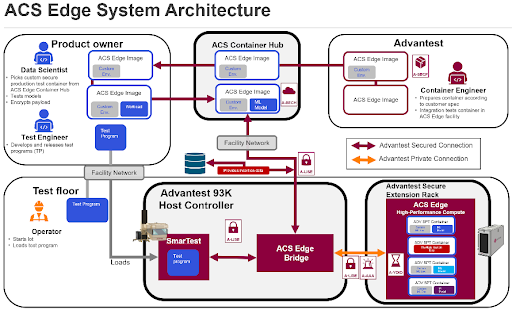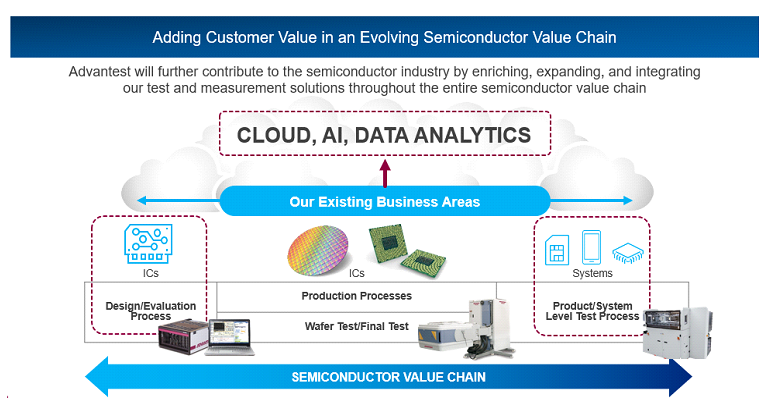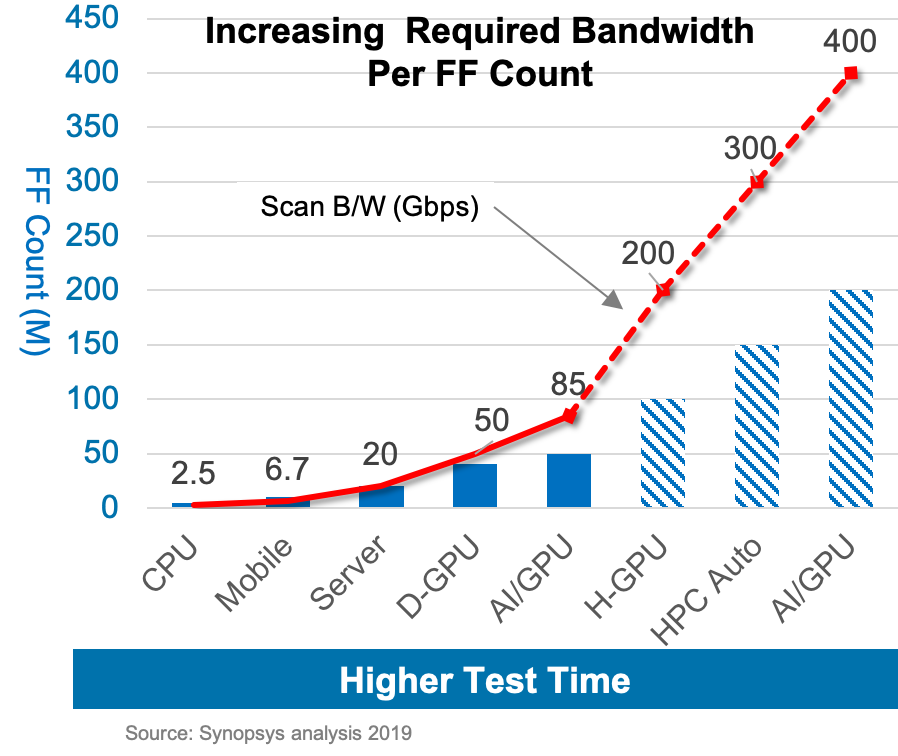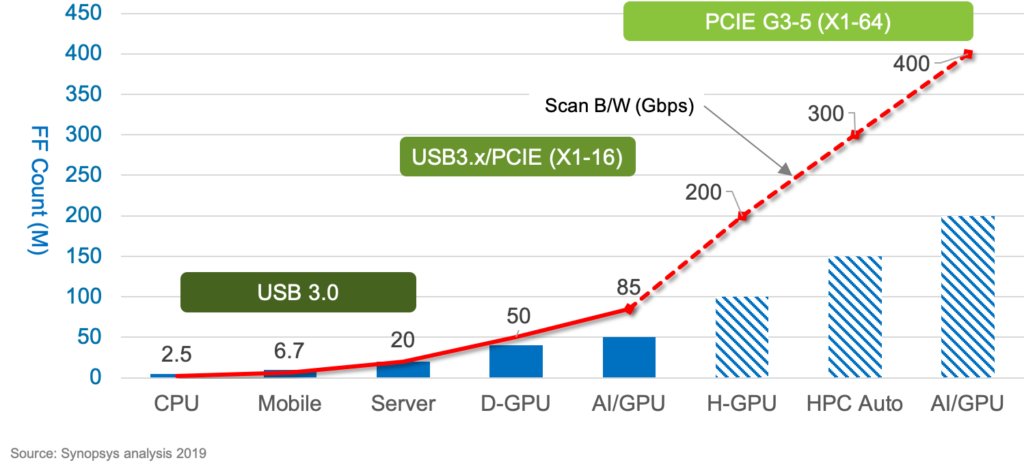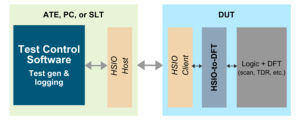Q&A Interview with Don Blair and Ronald Goerke
By GO SEMI & Beyond staff
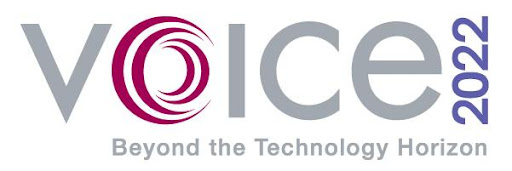
This year, Advantest’s VOICE Developer Conference returns to in-person following 2021’s Virtual VOICE International. VOICE 2022 takes place May 17-18 at the OMNI Scottsdale Resort and Spa Montelucia in Scottsdale, Arizona. Don Blair, business development manager for Advantest, and Ronald Goerke, U.S. chair for VOICE 2022, sat down with our staff to talk about what attendees can look forward to at this year’s event.
Q. Before we dive into VOICE 2022, let’s take a quick look back at last year’s online event. How did it go, and what did you learn from Virtual VOICE attendees?
A. We had very high attendance last year – more than 400 registrants with 320 live event attendees. With the pandemic preventing people from traveling, we weren’t entirely sure what to expect, but thanks to the brand recognition we’ve built for VOICE over the past 15 years, enthusiasm to participate was strong.
The virtual event adhered to the brand, which is to be not esoteric or theoretical, but to impart practical, high-value information. The attendee feedback from 2021 underscores this: 97% recommended the event to colleagues; 93% called it a valuable use of their time; 91% said the technical program focused on problem solving; and 87% said they learned skills that were directly applicable to their jobs. [Note: Articles based on last year’s attendee-chosen Best Papers can be found in the November 2021 issue of GO SEMI & Beyond.]
Q. What is the VOICE brand? What makes the event unique?
A. The test engineers who develop programs for our tester platforms are the catalysts for producing the content that’s presented at VOICE – it’s truly created by engineers for engineers. The focus is on providing information that’s not only interesting and engaging, but also highly applicable to everyday test engineering. Every year, attendees tell us that they come away from the event with practical knowledge that they’ll be able to put to use right away.
Not only are the papers presented during the conference itself eminently useful – VOICE is the only ATE industry event that also offers an in-depth day of workshops that allow attendees to obtain hands-on experience. Workshop Day, which takes place on May 19, offers the opportunity to write test programs and compile and debug code in a real-time, no-risk setting. This year’s workshops will offer a deep dive into: EXA Scale DUT Board Design, Advanced RF Test Techniques, Edge Computing with our ACS Edge 2.0 solution, and Battery Management System testing.
Q. What are some of the hot trends and topics for 2022?
A. We have more than 80 presentations being given across nine topical tracks, including two that are new this year: High-Performance Digital (HPD), and Emerging New Market Trends and Drivers. The tracks that comprise the most papers include Test Methodologies and 5G/Millimeter Wave, as well as HPD. [Note: The full technical program is available here.]
A prime focus at this year’s VOICE event is the exascale computing story. In this age of convergence, smaller-geometry nodes are driving a multitude of changes in the industry, driving demand for “more”: vector memory, power, power domains, data, multi-site testing, etc. The sheer volume of data coming from multiple sources must be processed, creating the need for exascale computing. Combine this with the huge trend toward digital parts, which enables greater quantities of smaller devices to be fabricated on a single wafer, and you have a pressing need for testing at the exascale level. At VOICE, you’ll be hearing more about this topic and how we engineered our V93000 EXA Scale™ system to target advanced digital ICs at the exascale performance class.
Another topic drawing increased attention this year is testing for automotive applications. We have a variety of papers being presented that cover such topics as power management and battery management for electric cars, automotive loadboard design, and testing challenges related to automated capabilities such as ADAS [automated driver assist systems].
The use of artificial intelligence (AI) and machine learning (ML) techniques continues grow, as these technologies can help improve test flows and test times, as well as boost yields. A related area of development is adaptive test capabilities, which use AI/ML algorithms to build knowledge about a wafer lot and adjust decision-making and actions accordingly. An example of this is our recently announced ACS Adaptive Probe Cleaning solution.
ACS APC is part of the Factory Automation track, another topic that has grown in popularity. With the push to make fabs and foundries more automated, companies are looking to cut costs, but they need ways to ensure processes are reliable and repeatable; otherwise, there’s no value in making these changes.
Q. VOICE always features a unique mix of keynote speakers. Whom can we look forward to hearing from in May?
A. We have some dynamic speakers on tap. Our first two keynotes are on Tuesday morning, May 17, leading off with David Eagleman, a Stanford neuroscientist, bestselling author, and host of the PBS series “The Brain.” Dr. Eagleman is known for his work in such areas as sensory substitution, time perception, brain plasticity, synesthesia, and neurolaw. His keynote will focus on how the brain works and its biggest mysteries. He will also talk about a new way to pass information to the brain using brain/machine interfaces.
Next up will be Steve Pateras, VP of marketing and business development at Synopsys. With more than 30 years’ experience in test-related technology, Steve is currently focused on driving Synopsys’ expansion into silicon lifecycle management, which is the focus of his talk, titled “Why It’s a Good Thing to Have Your Test Head in the Clouds.” Severe silicon device shortages, combined with ever-increasing device and system complexities, are driving the need to maximize both manufacturing yield and test efficiency like never before. Steve will talk about this, citing the need for a new test ecosystem to enable secure, high-bandwidth data communication between devices on testers and analytics engines situated either near each tester for low-latency actions or in the cloud for Big Data-driven optimizations.
On Wednesday morning, May 18, our third speaker will be the always popular G. Dan Hutcheson, vice chair at TechInsights/VLSIresearch. Following his talk on the latest chip industry trends and drivers, Dan will explore these themes at greater length during a virtual fireside chat session with Manish Bhatia, executive VP of global operations at Micron Technology.
Q. What else should attendees plan to check out at VOICE 2022?
A. The event will kick off Monday evening, May 16, with a welcome reception and the opening of the Technology Kiosk Showcase, where you can connect with experts to discuss test challenges and engineering solutions based on the latest Advantest innovations. At the Partners’ Expo, open throughout both Tuesday and Wednesday, our technology partners will be available to chat with attendees about their latest test offerings and solutions.
VOICE 2022 will close out Wednesday afternoon with the closing award ceremony, where we’ll recognize this year’s best papers and honorable mentions, as well as the 2022 Visionary Award recipient. Last year’s inaugural Visionary Award recognized Derek Lee, a test engineering manager with Nvidia and longtime presenter and participant at VOICE.
After not taking place in 2020 and being held virtually in 2021, VOICE 2022 will be a welcome return to normal. We look forward to seeing everyone at our beautiful venue in Scottsdale.
Read More
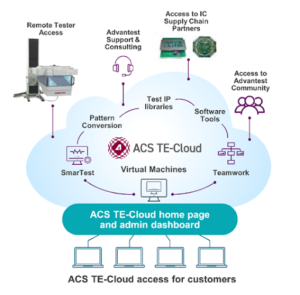
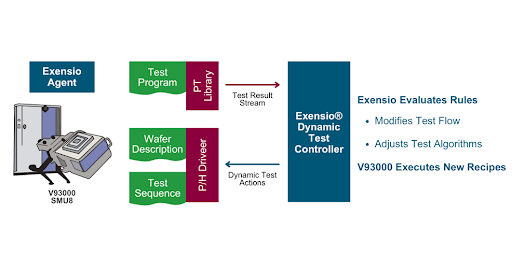 ACS Edge is a high-performance, highly secure compute and analytics solution that lets users offload demanding workloads from the ATE host controller yet execute them much more quickly. The product connects to a user’s test equipment via a private, high-speed encrypted link to enable ultrafast decision-making during test execution. The user can develop compute-intensive applications that operate in near-real time on data generated by tests in the test program.
ACS Edge is a high-performance, highly secure compute and analytics solution that lets users offload demanding workloads from the ATE host controller yet execute them much more quickly. The product connects to a user’s test equipment via a private, high-speed encrypted link to enable ultrafast decision-making during test execution. The user can develop compute-intensive applications that operate in near-real time on data generated by tests in the test program.